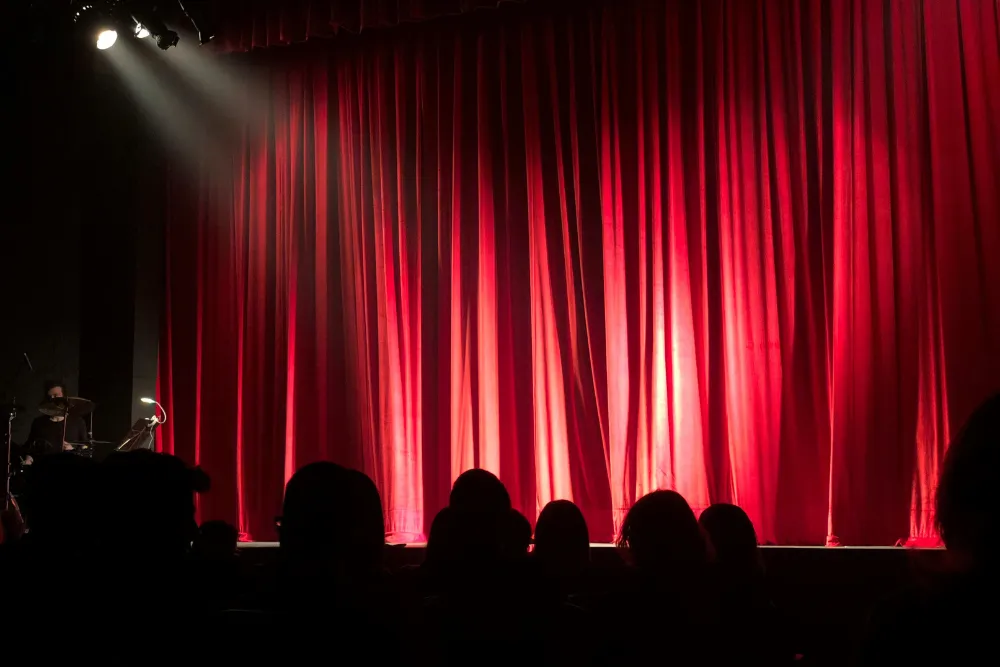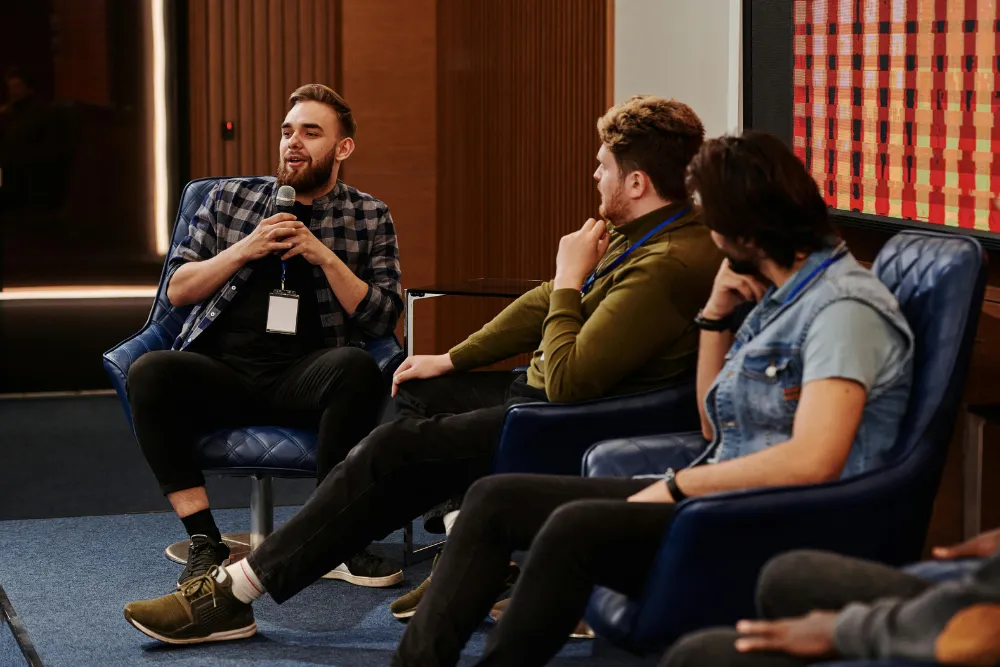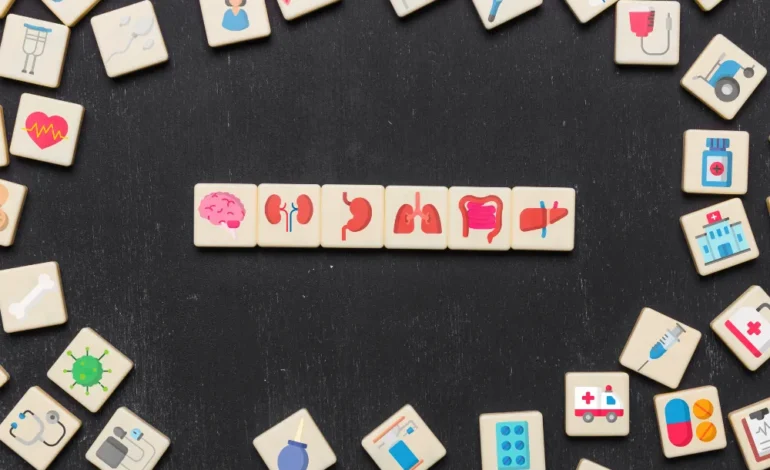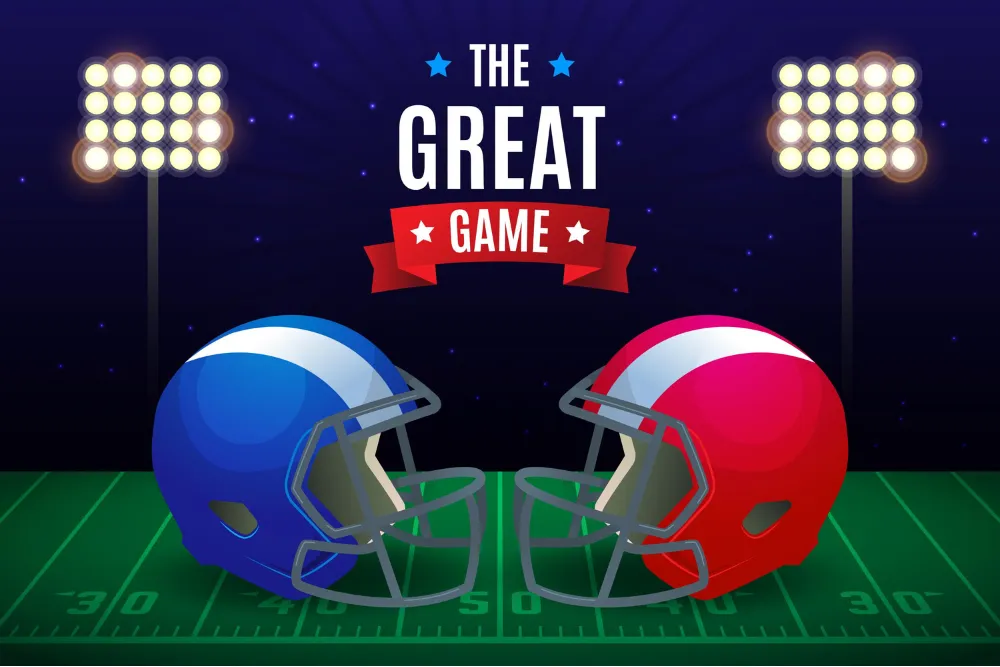
Inside Influencers Gone Wild – What Really Happened?
An Introduction
From rumour threads to full-fledged news broadcasts, the phrase “Influencers Gone Wild” has permeated social media. Benevolent truth about influencer culture, digital reputation, and the erratic character of internet fame lurks behind the jokes and headlines, though. This essay examines what set off the frenzy and the reasons it matters today more than ever.
“Influencers Gone Wild” actually means?

“Influencers Gone Wild” is a sequence of viral events whereby internet personalities participate in provocative, careless, or inappropriate behaviour that causes public reaction, digital controversies, and damage to their online reputation. These events expose the darker side of influencer culture by exposing the pressures, errors, and fallout from digital celebrity.
The Birth of Influencer Culture
Influencer culture has changed consumers’ interaction with content, brands, and one another during the last 10 years. Originally confined to celebrities and public personalities, influence now rests with anybody with a smartphone, voice, and devoted following. Platforms like Instagram, YouTube, and TikTok have produced a new generation of digital celebs—regular people transformed into icons.
But the obligation to maintain certain standards expanded along with the power of influencers. Not every influencer, however, was ready. Often, the expression “Influencers Gone Wild” emphasises circumstances in which that responsibility was neglected or misused. These stories provide a startling window into the sinister side of an glitzy way of life.
Viral Events That Set off Anger
In the digital age of today, one moment may go viral in seconds, and not necessarily for the intended purpose. Viral events—from leaked recordings to obscene jokes to careless livestreams—often start an influencer’s collapse.
Some of the more startling instances of influencers Gone Wild started with apparently small mistakes. An ignorant remark. An interesting post that is divisive. But if multiplied by millions of views and shares, those events swiftly turn into full-fledged scandals. Usually, the harm is not reversible.
Drama on social media feeds on speed. Audiences evaluate primarily on the first video they view; they do not wait for explanations. For influencers, that means one negative incident can wipe out years of well-chosen branding.
When an Internet Celebrity Becomes a Target for Backlash
A two-edged blade is an internet celebrity. It exposes creators to ongoing scrutiny, even if it gives great power and reach. The same people who propel someone to success may also pull them down very rapidly.
In recent years, influencer backlash has grown rather widespread. Sometimes it starts with bad behaviour, such as disparaging delicate topics or abusing supporters. Other times, it’s the outcome of more complex issues, including dishonesty, manipulation, or consistent boundary-crossing.
Often in the situations under Influencers Gone Wild are influencers disregard early criticism or red signals. By this, they set off an even more strong reaction. These events are the lifeblood of cancel culture, which forces public personalities to react fast, or risk ongoing consequences. You can also check How Advice Pro Helps Improve Daily Decisions.
The Structure of Online Conflicts
Every online debate moves in a clear-cut sequence: incident, response, escalation, and attempted reconciliation. But the exposure and emotional commitment of followers is what fuels influencer crises so explosively. For fans, these are betrayals rather than just mistakes.
In many Influencers Gone Wild scenarios, one occurrence soon turns into a set of revelations. Images surface. Past behaviour is under review again. Both supporters and detractors search years of material for fresh instances of misbehaviour.
Many times, influencers fall for the trap of either expressing weak apologies or silent. In the era of responsibility, though, a poor response is just as harmful as the original transgression. Audiences want more than just words; they want action; the digital sphere calls for openness.
The New Currency Is Digital Reputation.
Digital reputation has evolved into the new social currency in a world run on clicks and credibility. It’s what propels long-term success, audience loyalty, and brand alliances. And once it’s injured, recuperation is an arduous uphill.
Those involved in scandals sometimes undervalue the speed with which trust can fade. Previously private mistakes have become public events, watched over and examined by millions of people. Digital reputation suffers a devastating impact in the most extreme Influencers Gone Wild cases, resulting in lost transactions, vanished admirers, and occasionally even platform bans.
For younger influencers, the lesson is obvious: reputation has to be kept under careful control, much as cash resources. Maintaining trust is easier than rebuilding it following a fall.
Behind the Scenes: The Demand to Remain Relevant

Why then do influencers “go wild” first of all?
Often, a great part of the pressure to remain relevant is related to Content providers being expected to be always interesting, react to trends, and post continuously as the internet changes rapidly. This grind causes mental and emotional tiredness that results in burnout or rash decisions.
Many of the influencers involved in controversy were juggling stress behind the scenes. Absence of limits, negative fan interactions, or anxiety of losing followers all added to the chaotic behaviour. Mistakes in this high-stakes atmosphere are public rather than only personal.
Sadly, very few influencers have the training or support required to deal with such great exposure. Influencers Gone Wild is thus as much a sign of systematic problems as it is of personal choices.
Reverse Culture and Its Effects
Influencers Gone Wild’s emergence is mostly ascribed to cancel culture. Often with the intention of deplatforming or boycotting a public figure, this digital phenomenon entails group opposition against them.
While certain cancellations—particularly in circumstances involving abuse or exploitation—are justified, especially in terms of fairness and redemption, others call into doubt these things. Can an influencer recover? Should they have a second chance? And when enough responsibility has been demonstrated, who determines?
The strength of cancel culture is numerical. Once a debate starts to gather steam, it becomes an almost unstoppable tsunami. Staying afloat can sometimes be difficult, even for devoted fans of influencers. The road ahead for individuals caught in the storm usually consists of public apologies, rehabilitation, brand damage, and rebranding initiatives.
The Part the Media Plays in Lighting the Fire
The Influencers Gone Wild story is sometimes enhanced by traditional media sources and gossip sites. Stories travel farther into the mainstream thanks in part to sensational headlines, overdone takes, and fast coverage. Many times, the emphasis moves from facts to clicks, therefore compromising accuracy for attention.
Although the media helps to hold public personalities responsible, it can also skew the facts. One changed video clip or quotation removed from context might permanently change public opinion.
Audiences should thus approach influencer controversies with critical thinking—that is, with questions of sources, waiting for whole reports, and awareness of the pressures at play.
Teachings for Audiences and Influencers

Important lessons for everyone engaged in the digital sphere are provided by the Influencers Gone Wild phenomenon.
For bloggers:
- Establish limits separating online presence from personal life.
- See long-term rather than only viral.
- Respond honestly and own early responsibility.
For viewers:
- Influencers are people, not flawless beings.
- Support conscientious artists who exhibit development.
- Steer clear of crowd mentality and pick deliberate involvement above cancel culture.
- When both sides behave with understanding and compassion, this cycle of celebrity and disappointment can be broken.
FAQs
Why do some influencers stage controversies on purpose?
Some influencers create staged drama to boost engagement and stay relevant. Controversy can drive views, but this tactic risks long-term damage to trust, brand deals, and follower loyalty if the deception is exposed.
What role do brands play in influencer accountability?
Brands often monitor influencer behavior closely. When controversies arise, they may drop partnerships to protect their image. This pressure from sponsors pushes influencers to maintain a clean, responsible public profile.
How do fans contribute to influencer downfall?
Fans can turn into critics quickly. They often reshare drama, dig up past mistakes, and demand public apologies. This collective reaction, especially on platforms like Twitter, can intensify backlash and speed up cancellations.
Can an influencer fully recover from a major scandal?
Recovery is possible with sincere apologies, consistent growth, and time. However, some followers may never return. Influencers who show real change and take accountability often rebuild smaller, more loyal communities over time.
Finally.
People in charge. Though it seems like an online joke, Gone Wild reflects actual problems in the digital era of today. Every viral event is accompanied by someone battling fame, pressure, and the continual attention of millions. Combining influencer culture, internet controversy, and constant public scrutiny produces a volatile climate where mistakes are amplified and redemption is never assured.
Our perspective of impact changes along with the internet. Being well-known online is about character, accountability, and resilience as much as about content creation. For viewers and influencers both, the true test is learning from the tumult, continuing forward with empathy and intention.






